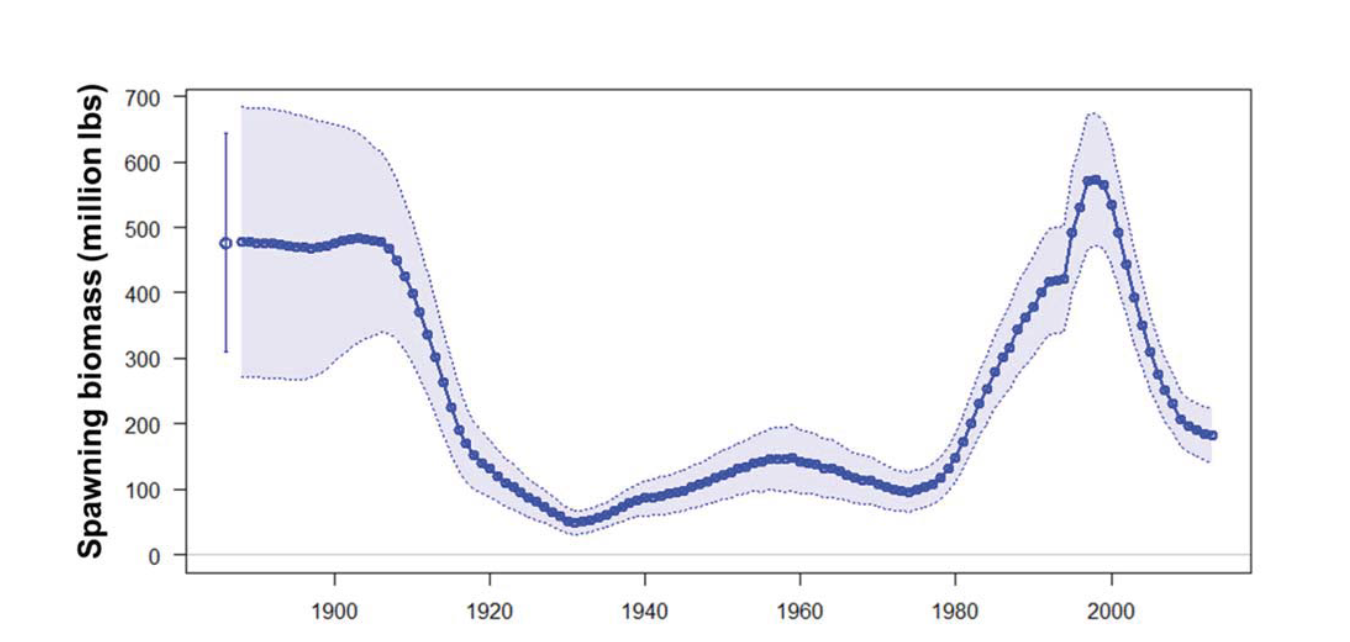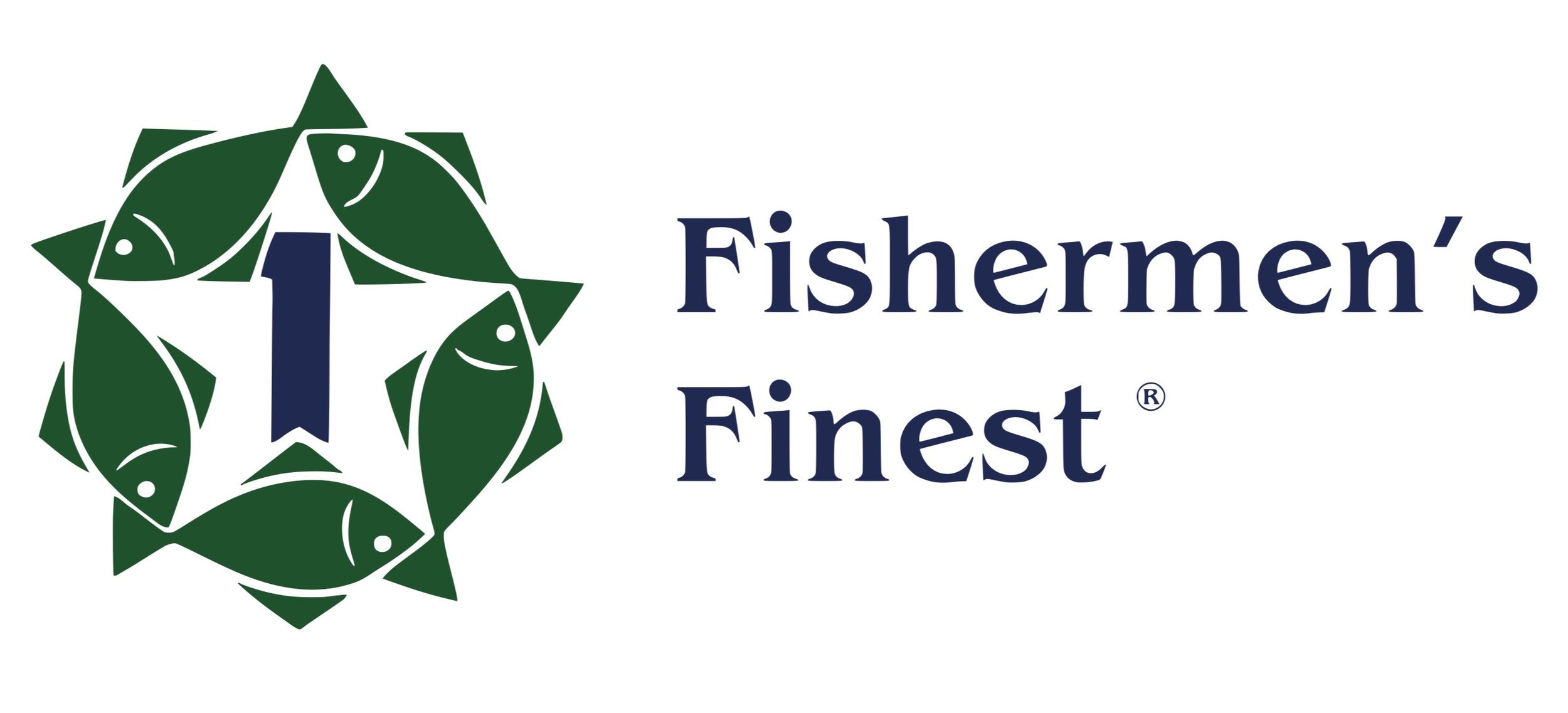AK Groundfish Halibut
Alaska groundfish sector gears up for access to resource battle with halibut
April 13, 2015, 4:26 pm [Undercurrentnews] Jeanine Stewart
Letters in protest of potentially drastic halibut bycatch reductions for Bering Sea and Aleutian Islands (BSAI) as groundfish fleets are flowing to fisheries regulators as companies prepare to battle with the halibut sector for access to resource at the North Pacific Fishery Management Council (NPFMC) meeting in June.
The battle will not be easy. They're going up against an ailing 4CDE area directed halibut fishing fleet, which has seen its quota cut by roughly 58% since 2011 as groundfish bycatch has increased to become the majority of the catch in that region.
This is, it should be noted, a highly complex issue considering bycatch cap decisions can legally only be made for the fishery as a whole, not by area, and the overall bycatch level has been steady at historically low levels in recent years.
Among those protesting the cuts in letters to regulators are O’Hara Corporation, Alaska Seafood Cooperative, and Fishermen’s Finest, the latter of which is even calling on Washington state governor Jay Inslee to argue on its behalf. The top species of concern include cod, Alaska plaice and yellowfin sold, sources told Undercurrent News.
The O'Hara Corporation brings up perhaps one of the least understood points -- the halibut stock is not outside the normal range from a long term perspective, as reported by Undercurrent previously.
Data from the International Pacific Halibut Commission (IPHC) dating back to 1900 also suggest the stock level is within the range of normal, and the spawning biomass and recruitment levels have often been at the level it is now.

Long term data on halibut spawning biomass from the IPHC
O'Hara Corporation also notes that the halibut stock is not in danger, a claim backed up by NMFS' "Status of US Fisheries" report for 2013, which shows Pacific halibut is not overfished, meaning the biomass is not below the threshold for overfishing.
Another major and central argument is the groundfish sector may have already maxed out its ability to cut bycatch through the utilization of tools, and regulators may be overestimating their ability to eek out any more gains through these, according to both the Alaska Seafood Cooperative and the Groundfish Forum.
This is a key point. The presumed effectiveness of these tools will determine how much a bycatch reduction mandate would impact groundfish fleets' fishing capabilities, and this will determine the estimate of the economic impact on groundfish. The higher that impact, the more difficult it would be, theoretically, for the NPFMC to justify bycatch reductions.
Sources on both sides of the debate have told Undercurrent the issue is fraught with political loyalties that may weigh more heavily than these numbers, but amidst these rather fatalistic viewpoints, a debate over the numbers rages on.
Alaska Seafood Cooperative general manager Jason Anderson has flagged up what could be a significant miscalculation on the part of National Oceanic and Atmospheric Administration (NOAA) assistant administrator for fisheries Eileen Sobeck last week that could impact such numbers.
"We fear that some confusion remains concerning the potential benefits of deck sorting halibut," he said.
Sobeck had said in her letter to the IPHC in January that deck sorting can reduce bycatch by 32%. Anderson contests this, stating its tests actually only showed a 20% decrease, and in practice the ultimate impact may be much less since the company already uses excluder devices, which go after the same large sized fish that deck sorting does.
“We don’t know how well we’re going to be able to implement deck sorting," a source at another BSAI groundfish company, preferring to remain anonymous due to the contentious nature of the debate, said.
Trade association the Groundfish Forum also maintains the industry is maxed out on its ability to reduce bycatch through tools, noting the industry has already managed to reduce bycatch steadily from the 1992 peak of 11 million pounds to 2014-- the third lowest prohibited species catch (PSC) year on record.
The total PSC has been relatively steady in recent years, having increased from 5.2 million net pounds to 6.2m in 2012 but then decreasing to 5.9m in 2013 and 5.7m last year, according to the NPFMC's own initial review. This is about on par with the 5.8m seen in 2008 and 2009.
“Economically sustainable ways … to further reduce halibut PSC from current use may not be possible,” the Groundfish Forum states in a briefing on the topic. “Draconian options proposed by the NPFMC are not practicable or feasible.”
The forum states that since 2003, AKSC has reduced its PSC by 1.25m pounds by maximizing avoidance behaviors, fully utilizing excluders and modifying gear.
On this point, groundfish companies are bumping up against a very key argument on the other side of the debate.
"Halibut bycatch mortality has declined but nowhere near as much as halibut biomass or halibut catch limits," Bruce Leaman, executive director of the IPHC, told Undercurrent. "This is most acute in the eastern Bering Sea (Area 4CDE in IPHC parlance)."
As shown in the graph below, bycatch has actually gone up significantly in recent years in area 4CDE as targeted fishery catch has declined significantly.
Credit: IPHC
Yet groundfish companies told Undercurrent the need to reduce bycatch in area 4CDE was not communicated to the groundfish sector, and it is possible the bycatch in this area would not have been as large had they known to avoid it.
On the other hand, the argument that overall bycatch can't be reduced much is widespread. Like the Alaska Seafood Cooperative, the Groundfish Forum argues deck sorting is an "experimental, non-regulatory tool" and limited in its ability to create more gains.
“Because excluders and deck sorting both target larger halibut, the extent to which deck sorting creates additional savings beyond what is achieved by excluder use is not known at this time," the forum said, in its briefing.
The O’Hara Corporation, meanwhile, has taken the approach of simply attacking the bycatch reduction proposals on principal.
“An economic allocation that will provide major economic impacts to one sector of the fishery, to provide marginal benefits to another (as described below) flies in the face of fairness and equity and, given that there is no compelling justification in the FMP’s objectives, violates National Standard 4,” the company’s law firm, Kelley Drye & Warren LLP, wrote in a letter to NPFMC chair Dan Hull.
The NPFMC also showed a huge negative financial impact on groundfish in trade for merely modest gains for halibut in its initial review of the bycatch cuts.
However, NPFMC staff member Diana Evans told Undercurrent the NPFMC is tweaking this analysis now in its update to the initial review, and financial impacts will be updated. Also, it is adding much more information on the impacts to communicates in the update.
This will include both communities in Alaska dependent upon halibut fishery as well as the communities in Washington state that depend upon the groundfish fishery. O’Hara Corporation emphasizes the need for the latter in its letter.
A high stakes debate
Whatever comes of these arguments, the stakes are high. As Undercurrent reported previously, the Amendment 80 fleet – the biggest contributor to bycatch – anticipates a bycatch cap reduction ranging from 10% to 60%, the latter of which could result in as much as a 60% reduction in revenue on average over the course of several years for fleet member Fishermen’s Finest, according to an estimation the company shared with Undercurrent in March.
Another Amendment 80 sector source told Undercurrent the company is still tabulating the expected impacts but expects that they will have little ability to cut bycatch without severe cuts to directed catch. Some of the species most impacted would be cod, yellowfin sole and Alaska plaice, sources said.
What exactly the economic impacts would be industry-wide is one of many points at the heart of this complex issue – and there are many – that NPFMC staffers and analysts at Northern Economics are working to quantify now as they augment the NPFMC’s 302-page initial review in preparation for June.
Northern Economics’ focus is the impact of having more small fish remain in the fishery over time.
There is then a benefit to the fishery for those that survive, as they are able to reproduce.
“We’re going to estimate the value of those fish,” Northern Economics' Marcus Hartley told Undercurrent, adding that the overall benefit to the fishery from this will not be drastic but “it will certainly make some difference".
Read more about this issue - Click HERE for a link to a collection of articles and blog entries on this important issue.
